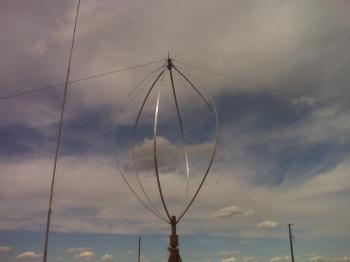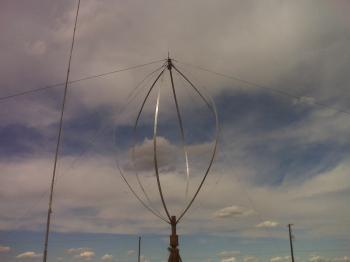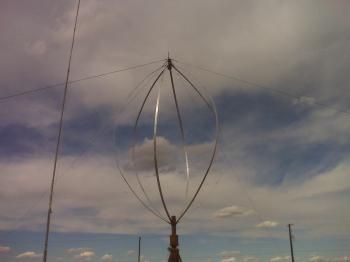It’s being described as a green energy breakthrough, the work of a retired Saskatchewan construction businessman known for his inventive streak and relentless work ethic.
Glen Lux is making national headlines for designing a wind turbine that costs less that anything currently on the market. Now, what was once a pleasant pastime could become big business if Lux can attract the dollars he needs to take his innovation to the next level.
Attracting investors is about to get easier though, thanks to a favourable analysis done by the National Research Council’s Institute for Aerospace Research which examined the design in detail and ran simulations based on designs of various sizes and materials.
“Everyone is congratulating me, they really like what I am doing,” said Lux of the friends and family who have been calling since his invention was unveiled over the weekend.
“They are surprised that it is as far as it is I guess. The ones that had heard about it thought I was miles away from doing anything and they were just surprised that I had the Institute of Aerospace Research involved with it, and that [researchers there] were as equally impressed with it as I was.”
Glen Lux is making national headlines for designing a wind turbine that costs less that anything currently on the market. Now, what was once a pleasant pastime could become big business if Lux can attract the dollars he needs to take his innovation to the next level.
Attracting investors is about to get easier though, thanks to a favourable analysis done by the National Research Council’s Institute for Aerospace Research which examined the design in detail and ran simulations based on designs of various sizes and materials.
“Everyone is congratulating me, they really like what I am doing,” said Lux of the friends and family who have been calling since his invention was unveiled over the weekend.
“They are surprised that it is as far as it is I guess. The ones that had heard about it thought I was miles away from doing anything and they were just surprised that I had the Institute of Aerospace Research involved with it, and that [researchers there] were as equally impressed with it as I was.”







